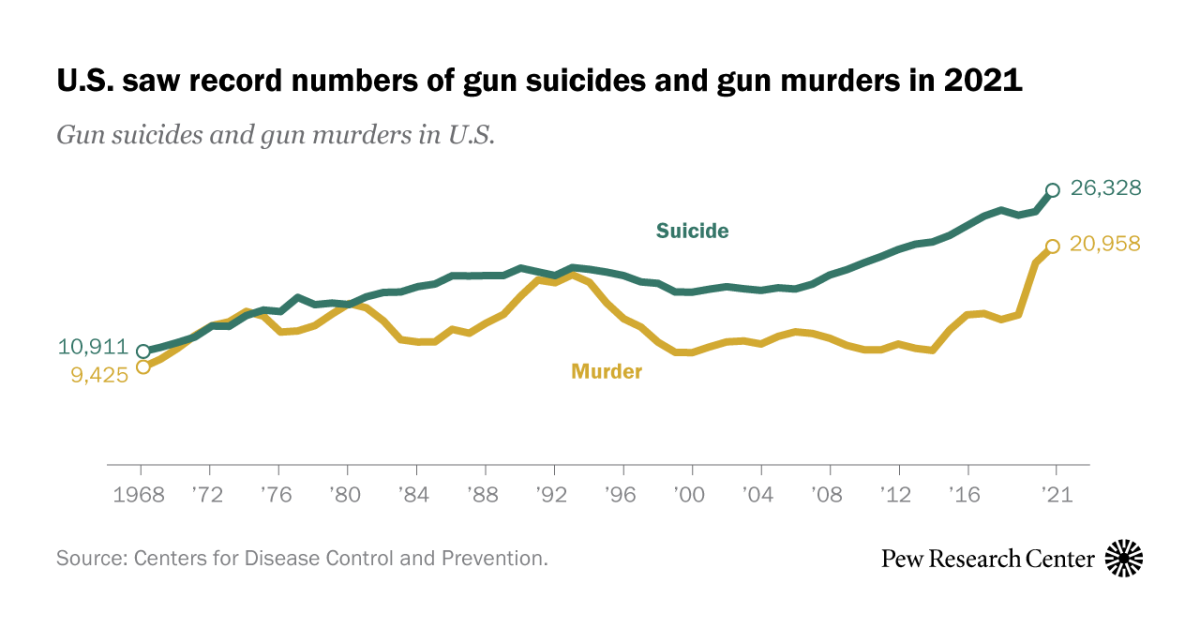That's not the argument he's making though, is it?
Well, let's check our homework, shall we?
Immediately the first source I found hammers a hole in ]our original claim (I'm assuming based on a gun deaths report) being used to make claims about mid western places being more dangerous due to gun violence. Turns out the numbers being reported are as I just said gun deaths not gun violence...
...There are no stats on the stated reasons for the gun deaths beyond suicide vs killing.
Reads like the argument being made there is anti-gun people decontextualize and gloss over causative factors in gun deaths -- whether that's accidental, suicide, justifiable homicide (primarily in this circumstance, self-defense), or murder -- to misrepresent the actual data. This is particularly noticeable in the case of the rural/urban divide, because rural areas have fewer deaths but higher death
rates on account of lower population densities than urban areas.
Yet, we're to accept one statistic instead of the other depending on which is most amenable to the anti-gun position, and just ignore pesky little considerations like cognitive dissonance. Suicide just so happens to be another of those little pesky considerations we're to presumptively ignore. Because it's about "firearm deaths", not "firearm homicides", "firearm-involved crime", or "firearm murders"...until it isn't, depending on whatever's most favorable to anti-gun people's arguments at that particular moment. Or, when anti-gun people remember suicide is
also a crime, which happily gets used to inflate those "firearm-related crime" numbers regardless of context or potentially different causative factors.
What's the difference in suicide rates between rural and urban areas again, by the way?
But really, what it's really about is doing anything and everything in one's power to distract from the single biggest
global correlative to and indicator of violent crime, firearm-related crime, and even firearm homicide: Gini coefficient. That's why, once again, anti-gun people
love to compare the United States to exclusively western liberal democracies, opposed to basically anywhere else on the planet.


